Trucks – Different Types For Different Sectors
Trucks and trailers are used for commercial use. They transport all kinds of freight from one point to another. There are a variety of trucks and trailers suitable for different uses. No two cargo are the same and have the same requirements. Even a similar kind of truck or trailer can differ from another based on performance, features, weight limit and application.
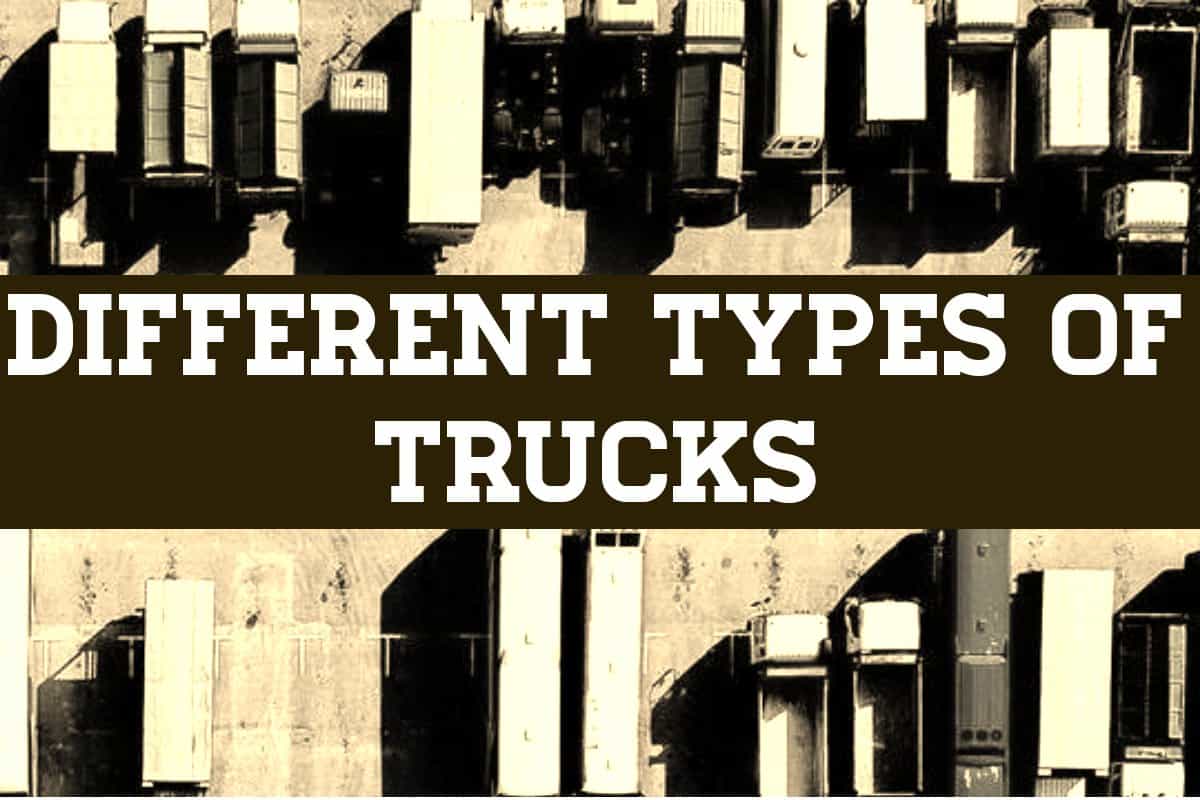
Trucks
Everyone is familiar with the appearance of a truck – the massive, heavy duty vehicles that are used to transport cargo. They can be configured to mount special equipment. Following are the different types of trucks:
Dry Van
Dry vans are the most common type of trucks used for cargo such as electronics, grocery products, food and beverages, textile and clothing items, plastic and building products. It is designed to carry pallets or boxes or cargo and can haul a maximum of 45000 pounds or cargo or 26 standard pallets. Dry van shipping represents one of the most affordable means of transportation that is able to accommodate both regional and short-haul shipments along with long-haul shipments.
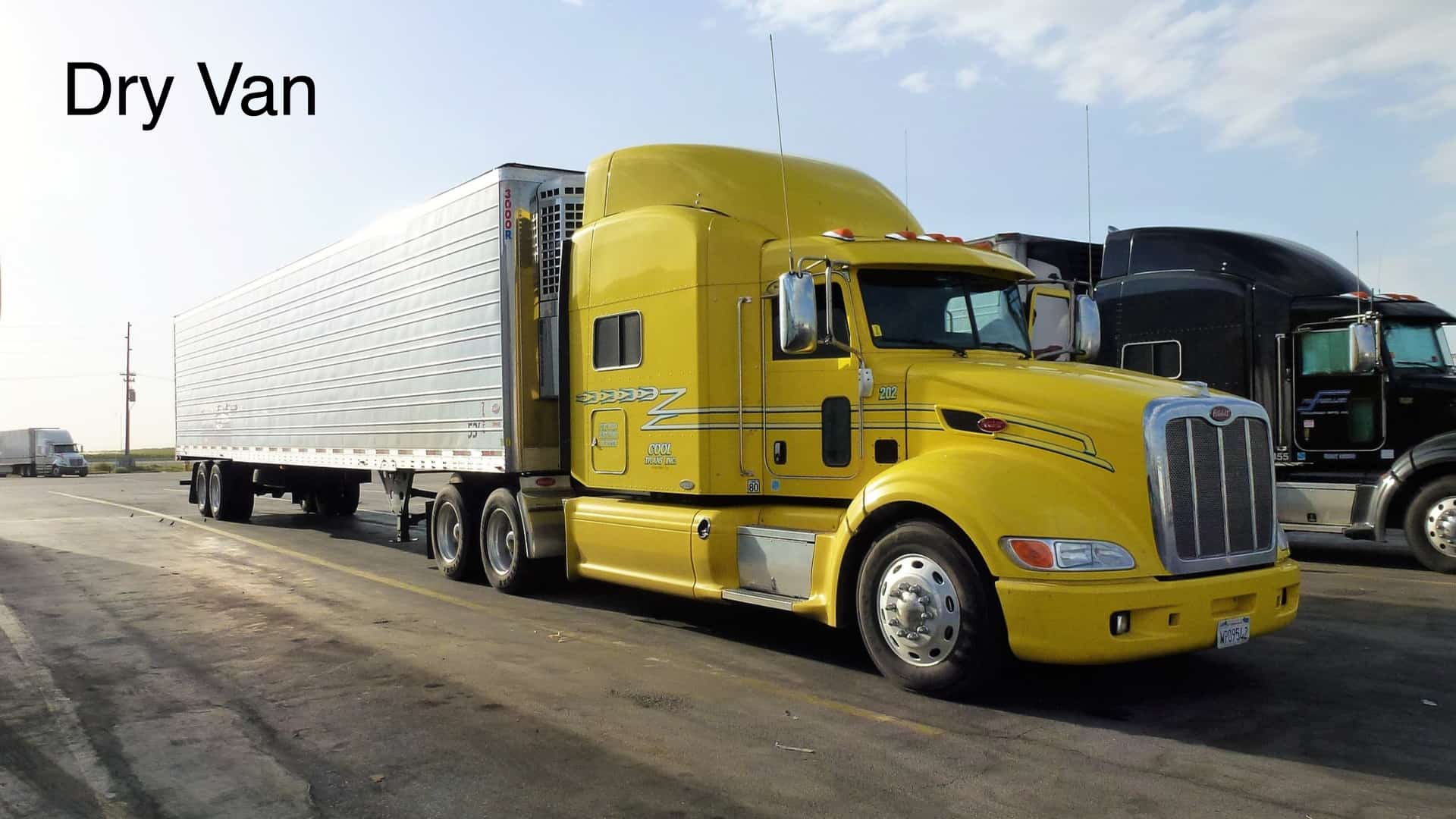
Tow Truck
Designed to tow vehicles in case of an accident (or if you have parked in the wrong space), these heavy duty trucks are usually known as breakdowns, wreckers and recovery vehicles. They carry automobiles from one place to another.
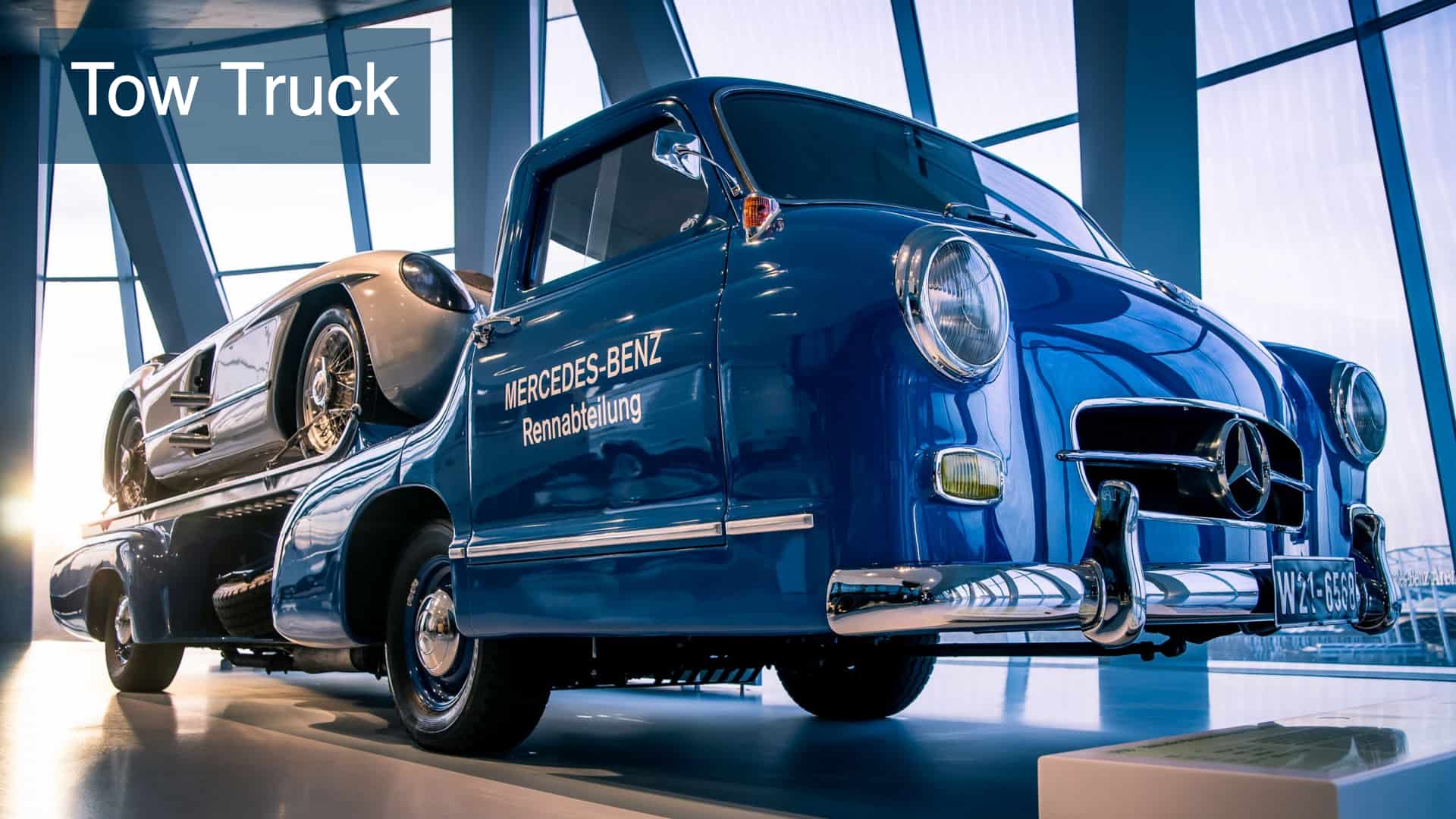
Box Truck
This is the types of commercial trucks having a rear door that rolls up. It is most commonly used to haul furniture appliances, most probably in cases of moving-in and moving-out.. They are of different sizes – from 4 to 7m in length.
Semi-Trailer Truck
These are a special type of commerical unit that combines a semi trailer and a tractor unit. One of the major uses of a semi-trailer truck is to transport cargo and is used in almost all industries.
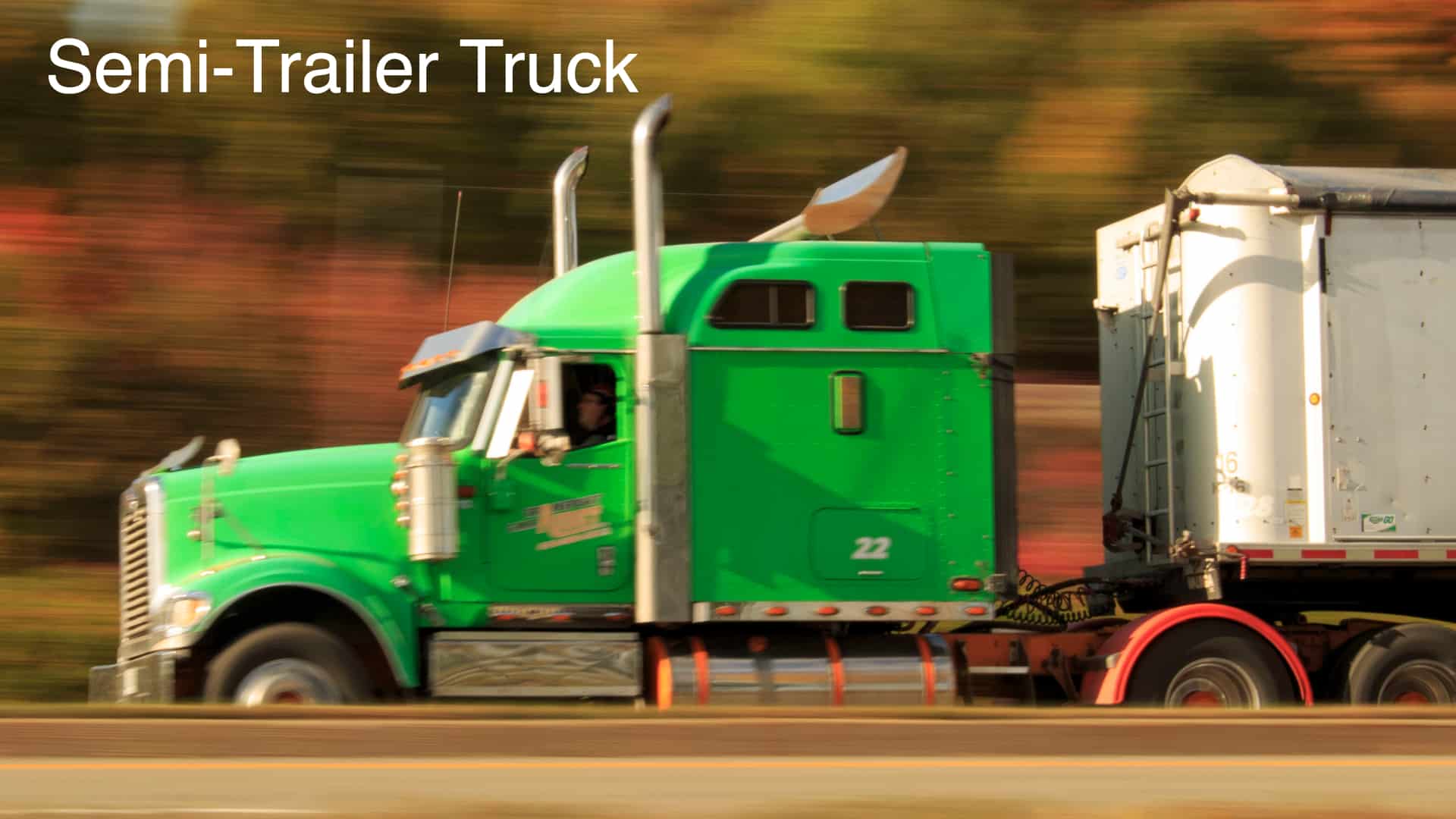
Trailers
Trailers are attached to trucks and can carry all kinds of freight- boxed, crated or palletized. They can vary depending upon the manufacturer, weight limits, state roadway regulations and load requirements. Let’s look at different types of trailers:
Flatbed Trailer
These type of trailers are known for their versatility which can either be articulated or rigid. As advertised by its name, it had no sides or overhead roof. This allows quick and easy docking, loading and unloading of the goods of any dimension. And consequently, these trailers are perfect for transporting heavy goods that can be lifted using cranes (depending on the cargo). They have a maximum weight limit of 48,000 pounds and their lengths range from 48ft to 53ft. The maximum width for legal operation is 8.5 feet, and the maximum height is 8.5 feet measured from the surface of the bed with the standard height of 60 inches off the ground. There are flat beds that can stretch from 43-foot average to 80 feet long called extended flatbed having a limit of 43000 pounds.
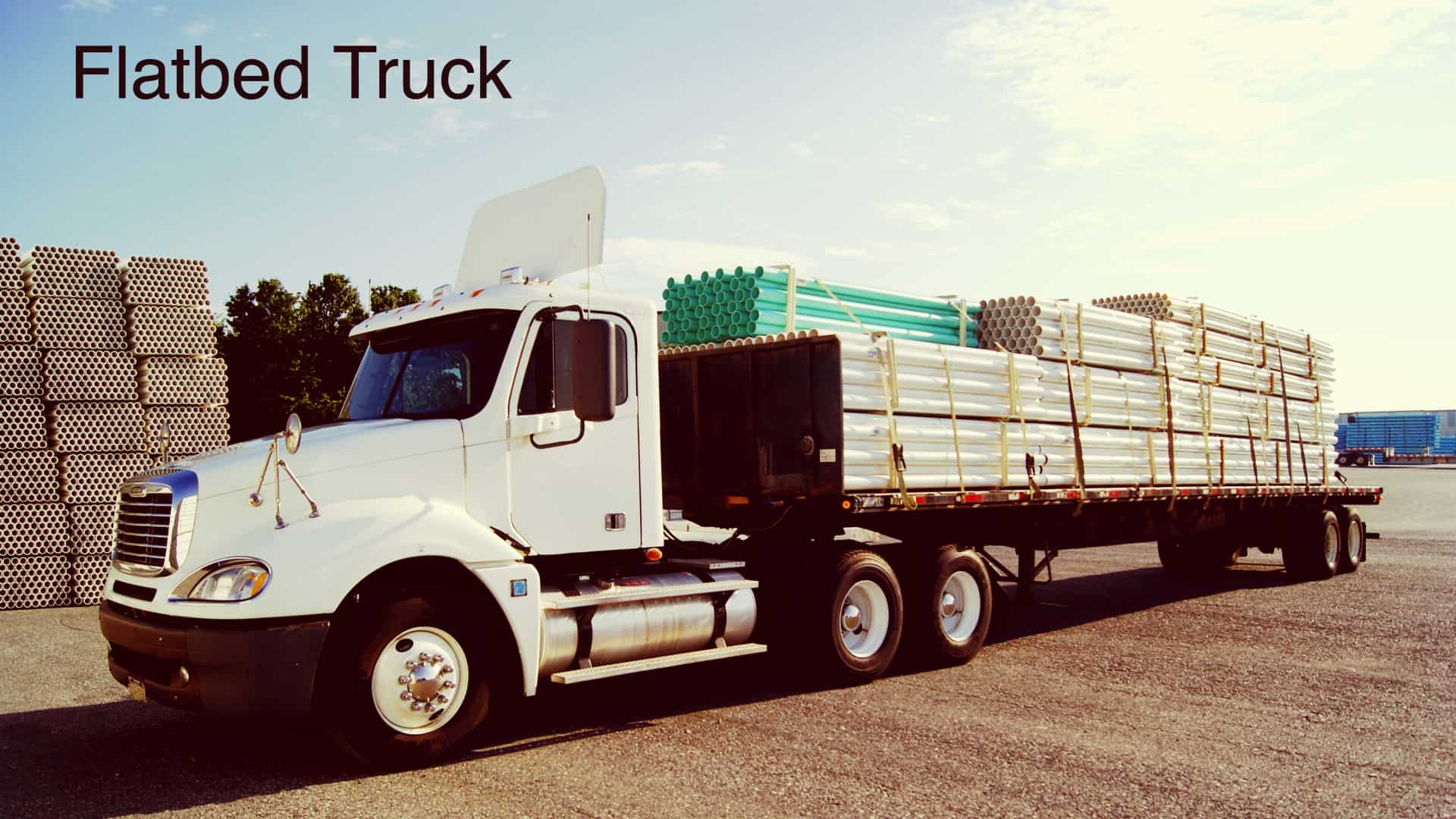
Refrigerator Trailer
Refrigerated trucking is a great option for anyone who needs to safely ship temperature-controlled freight. It allows the goods to be transported throughout the country and outside the country. Not just the refrigerated goods, but dry goods as well as temperature sensitive goods can also be transported through it. It comes with a noisy motor that’s ON all the time for temperature regulation. In case of a motor breakdown, the freight is unavoidably damaged.
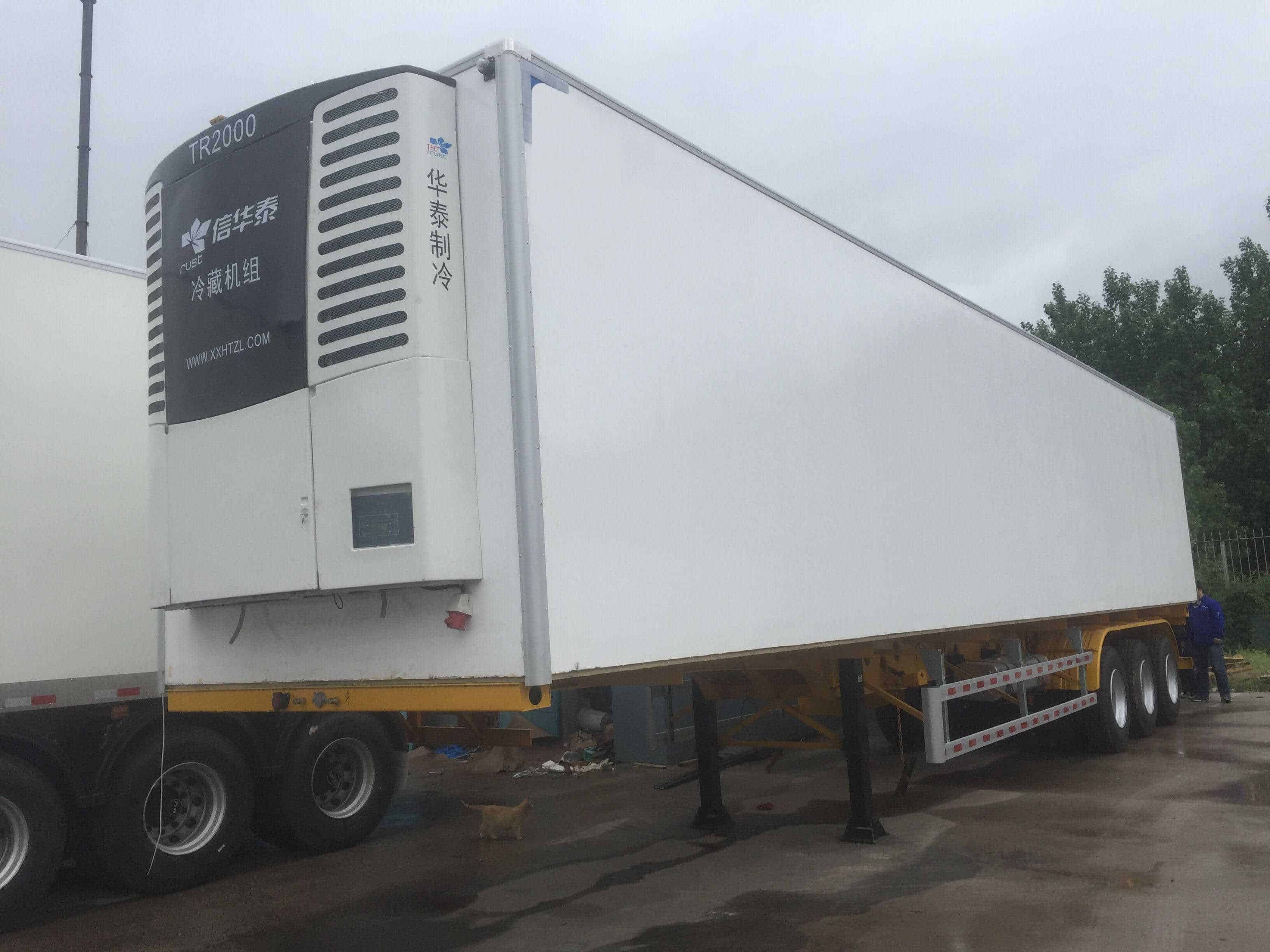
Sourced from www.anstertrailer.com
Lowboy Trailer
Low boy trailer is a semi-trailer with two drops in deck height, one right after the gooseneck and one right before the wheels. It offers the ability to carry legal loads up to 12 ft (3.66 m) tall, which other trailers cannot. Industrial equipment, bulldozers, boilers, etc. are the types of the cargo that require lowboy load configuration. It has its subtypes namely Fixed gooseneck, Fixed-neck, hydraulic detachable gooseneck etc.
These trailers can haul anywhere from 40,000 to 80,000 pounds depending on the number of axles. If your load is oversized, you will have to obtain additional permits. The real bread and butter of the lowboy trailer resides in maximum 12-foot freight height and the overall load height at 14 feet. These are the real workhorses of the shipping world.
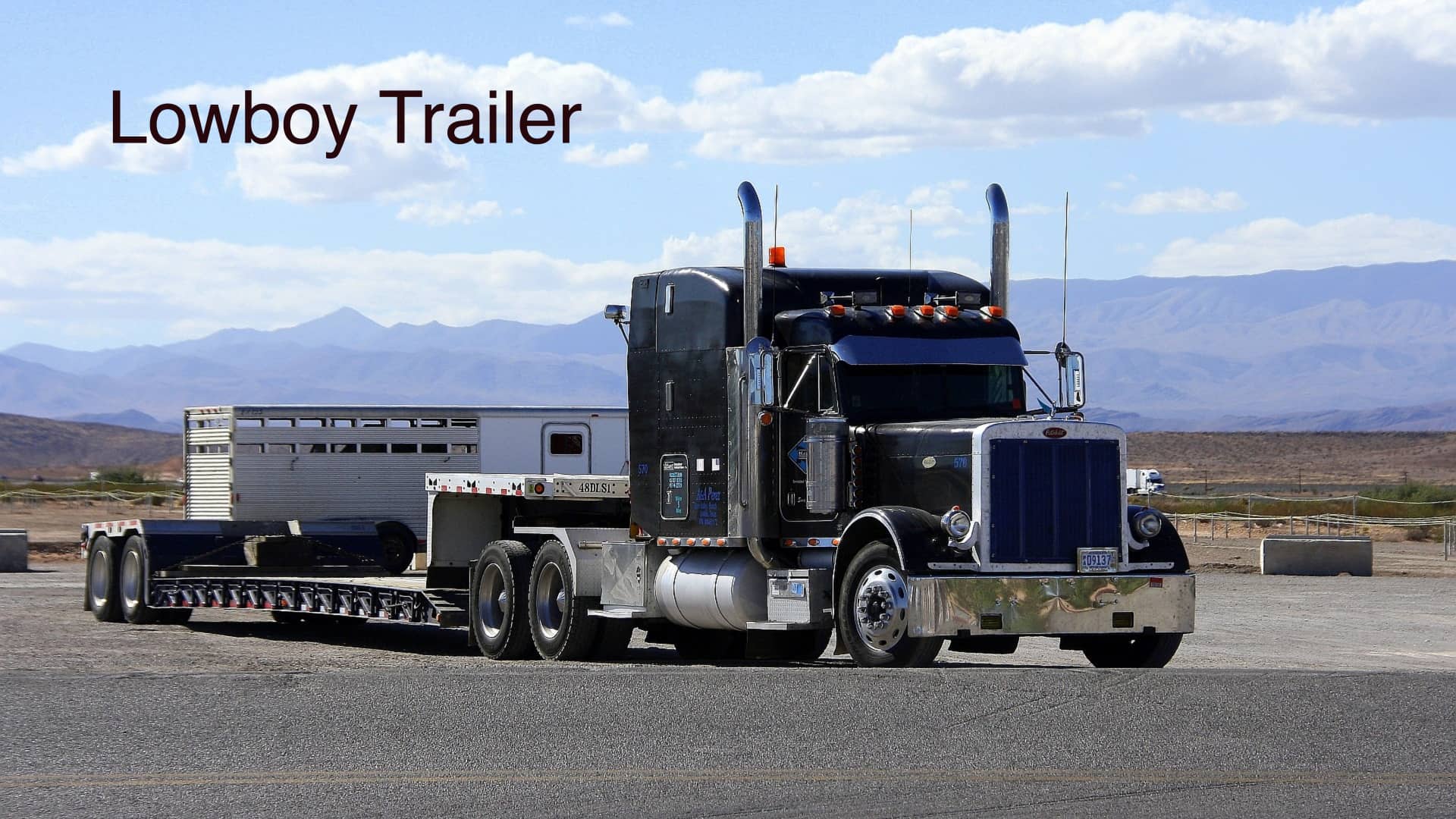
Step Deck Trailer
These trailers are specifically designed to carry and haul freights that cannot be carried or transported on a standard type of flatbed, which is usually due to height restrictions.
Maximum Length- 48 ft – 53 ft
Max. Width- 8.5 ft
Max. Height- 10 ft
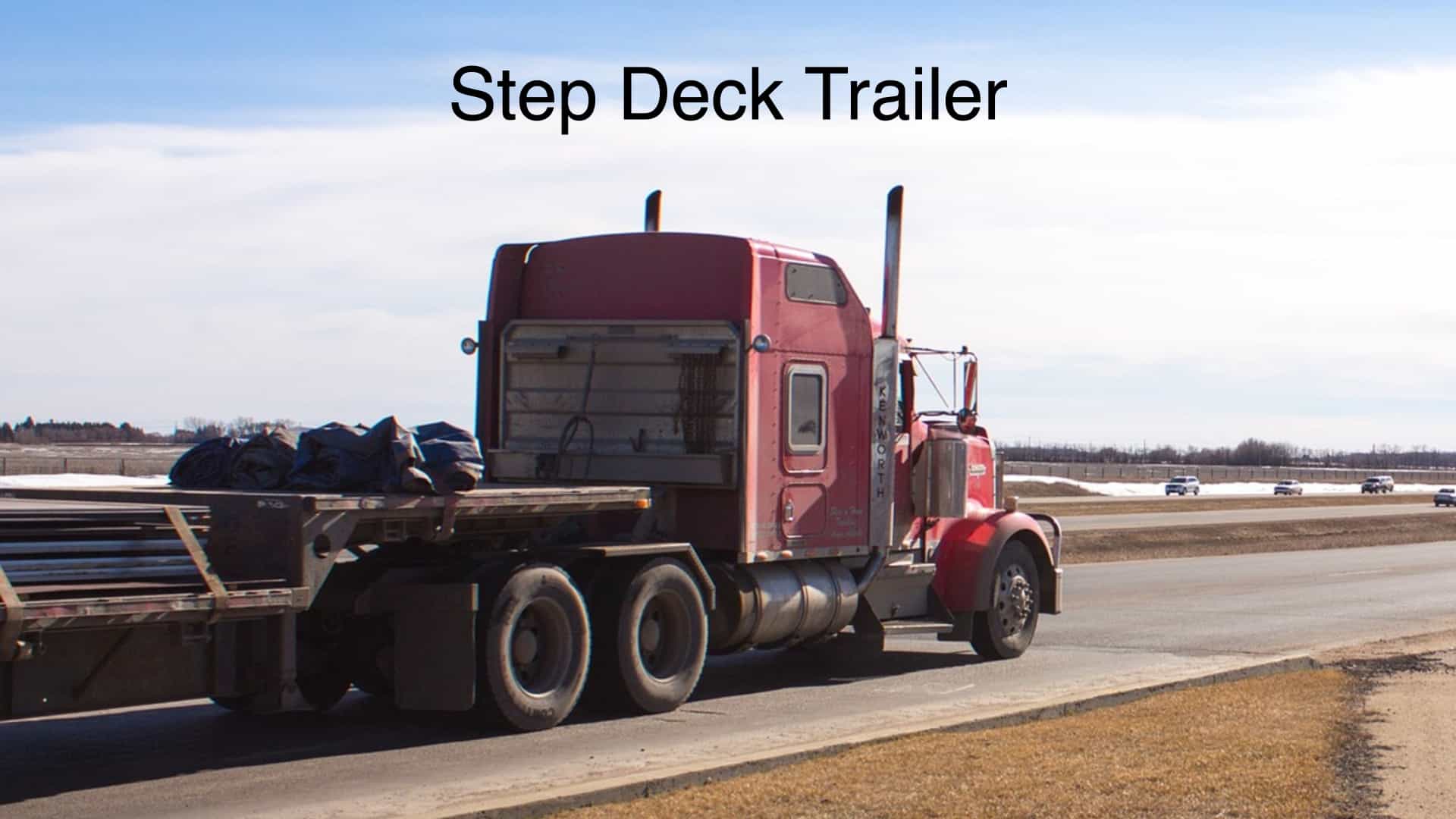
Stretch Single Drop Trailer
Stretch Single Drop deck Trailers are specifically designed to carry and haul freight that is very long for a standard or traditional step deck due to length restrictions. It also provides the necessary support. Thus, it prevents any overhanging. They have a maximum weight limit of 45000 pounds.
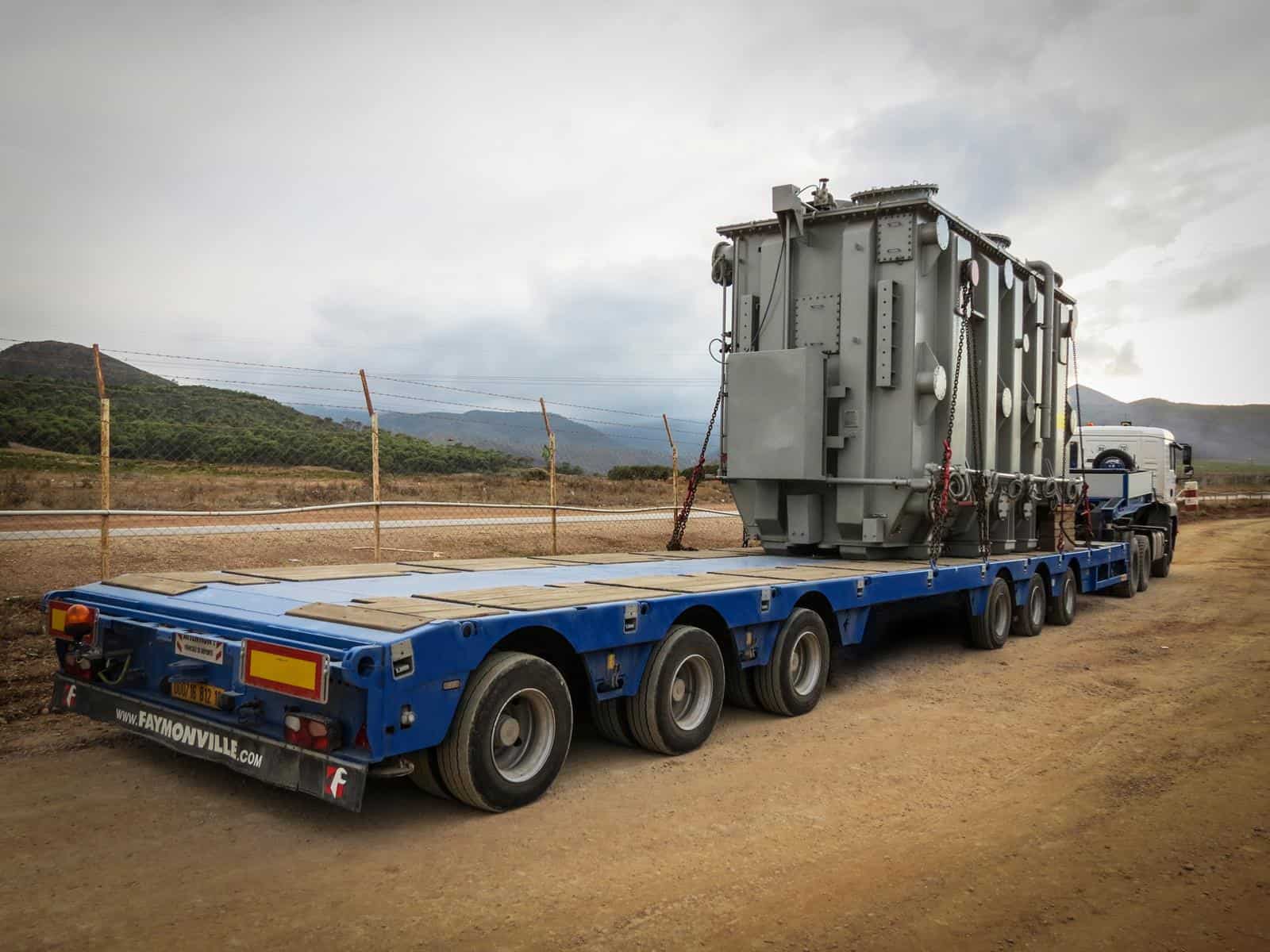
Sourced from www.faymonville.com
Speciality trailer
They are made for certain types of freights and are commonly used with perimeter, double gooseneck, and dolly trailers. Milk, oil, chemical, liquid and semi-liquid containers are made for a specific purpose and come under this classification.
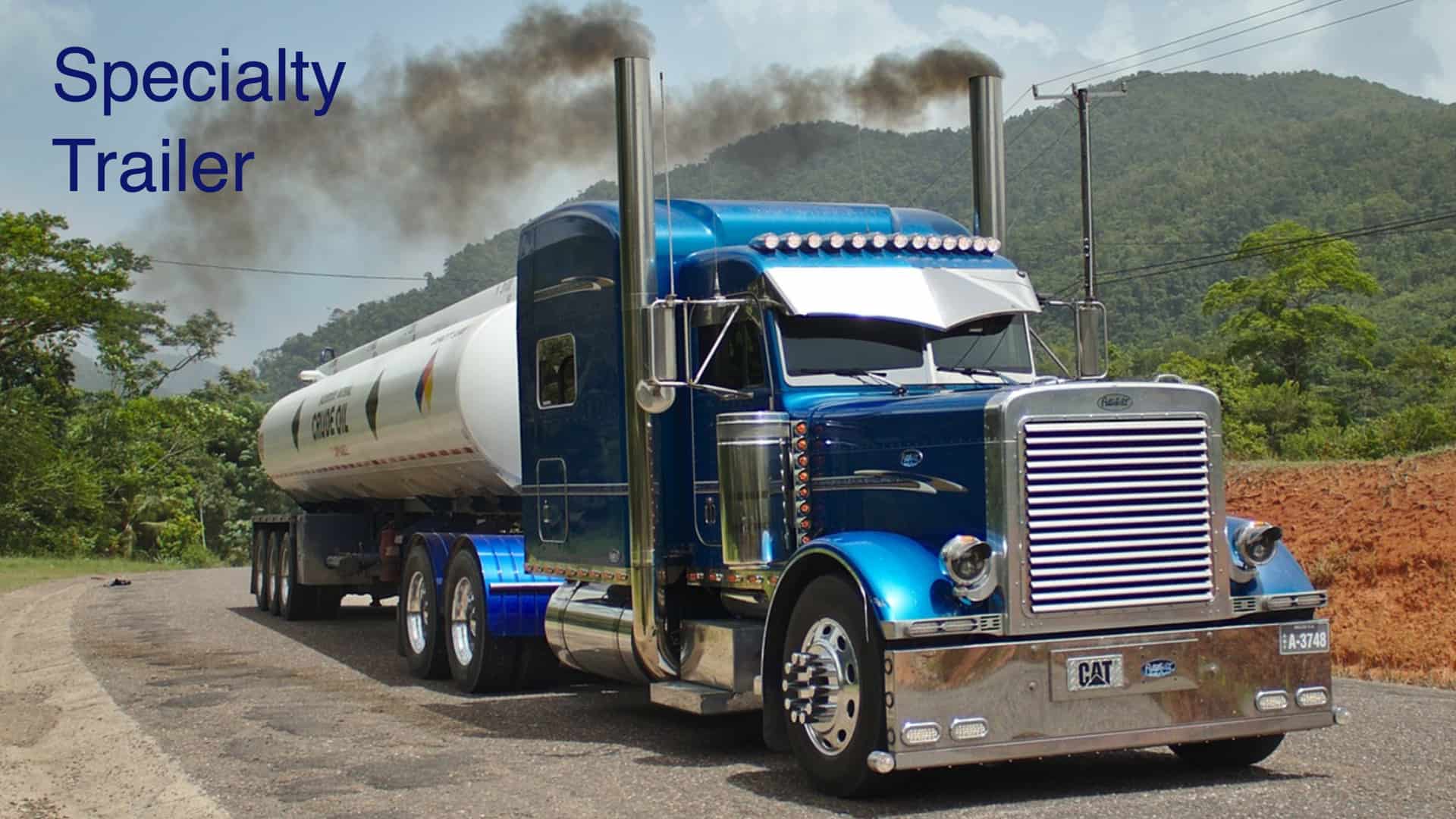
Side Kit Trailer
These trailers have panels made from either plywood or fiberglass for the cover and are used for speciality goods which cannot be packed or crated.
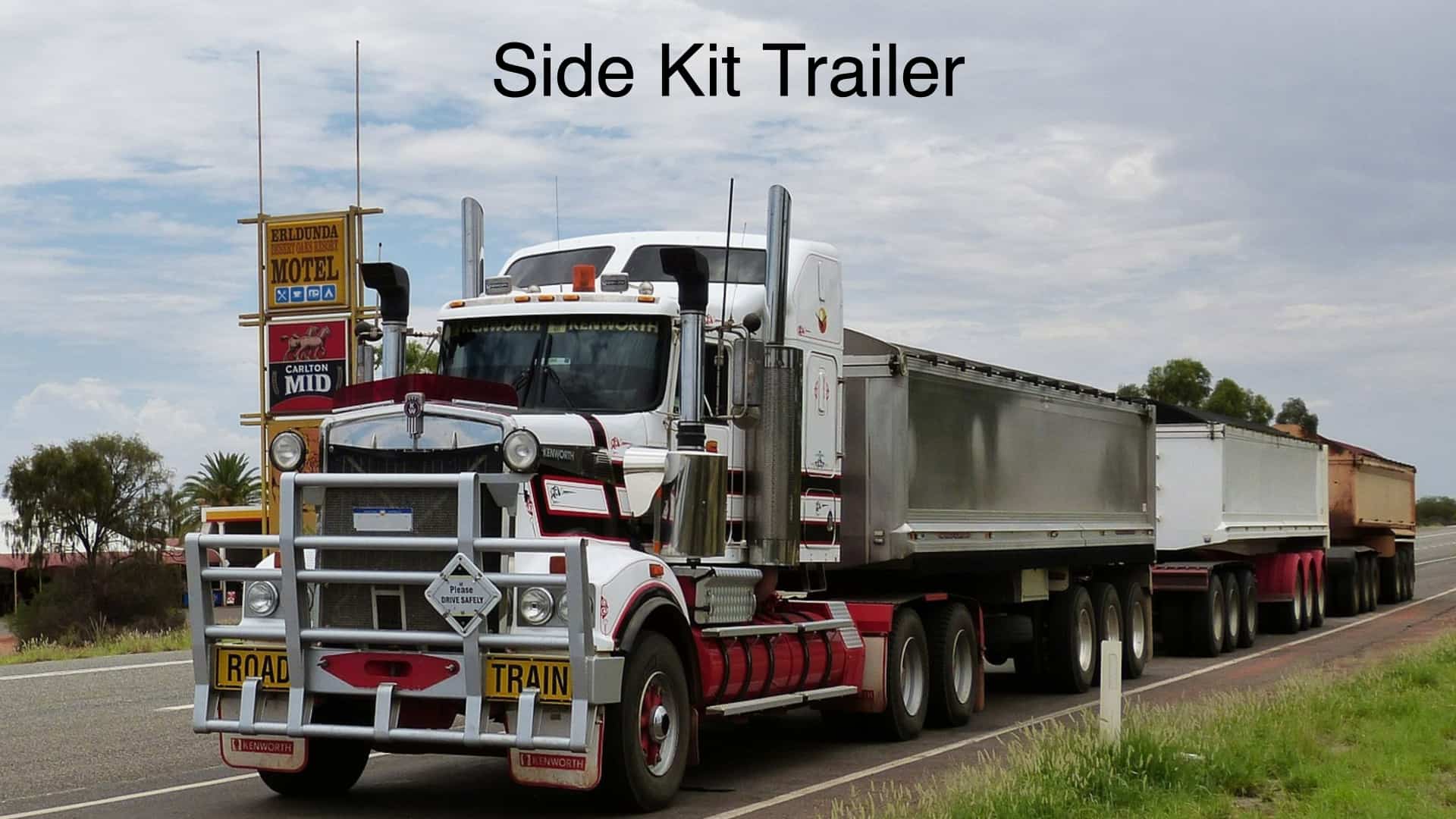
Conestoga Trailer
These trailers come with a rolling tarp system that is used to cover and uncover the trailer and gives protection to the freight. Conestoga Trailers allow a maximum freight weight of 42,000 pounds to 45,000 pounds.
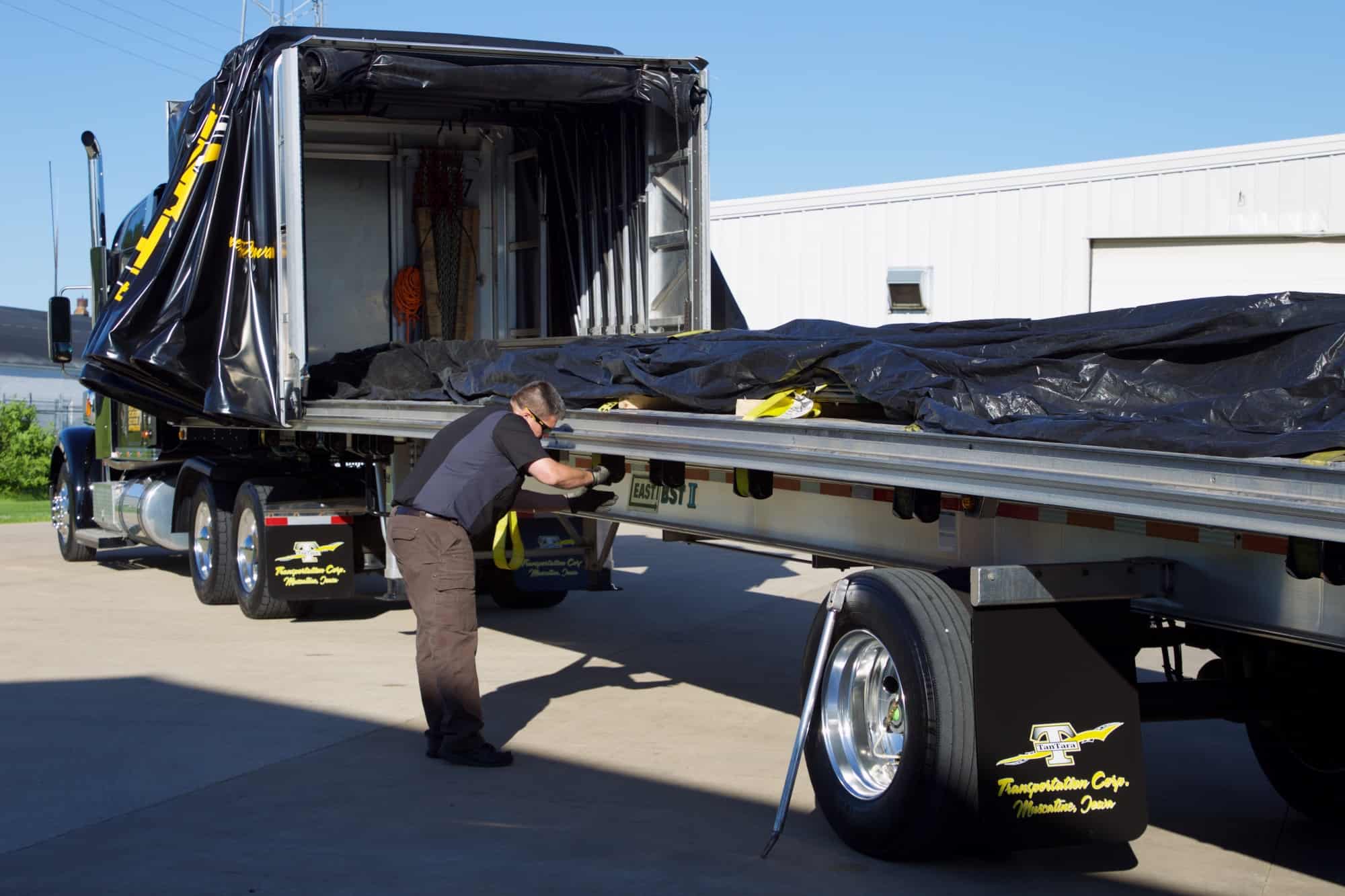
Sourced from www.tantara.us
Multi-Car Trailer
These are technically speciality carriers, but they’re so common that it’s important to mention them. These have varying requirements based on what state you’re in, but they can carry anywhere from two cars all the way up to eight cars.
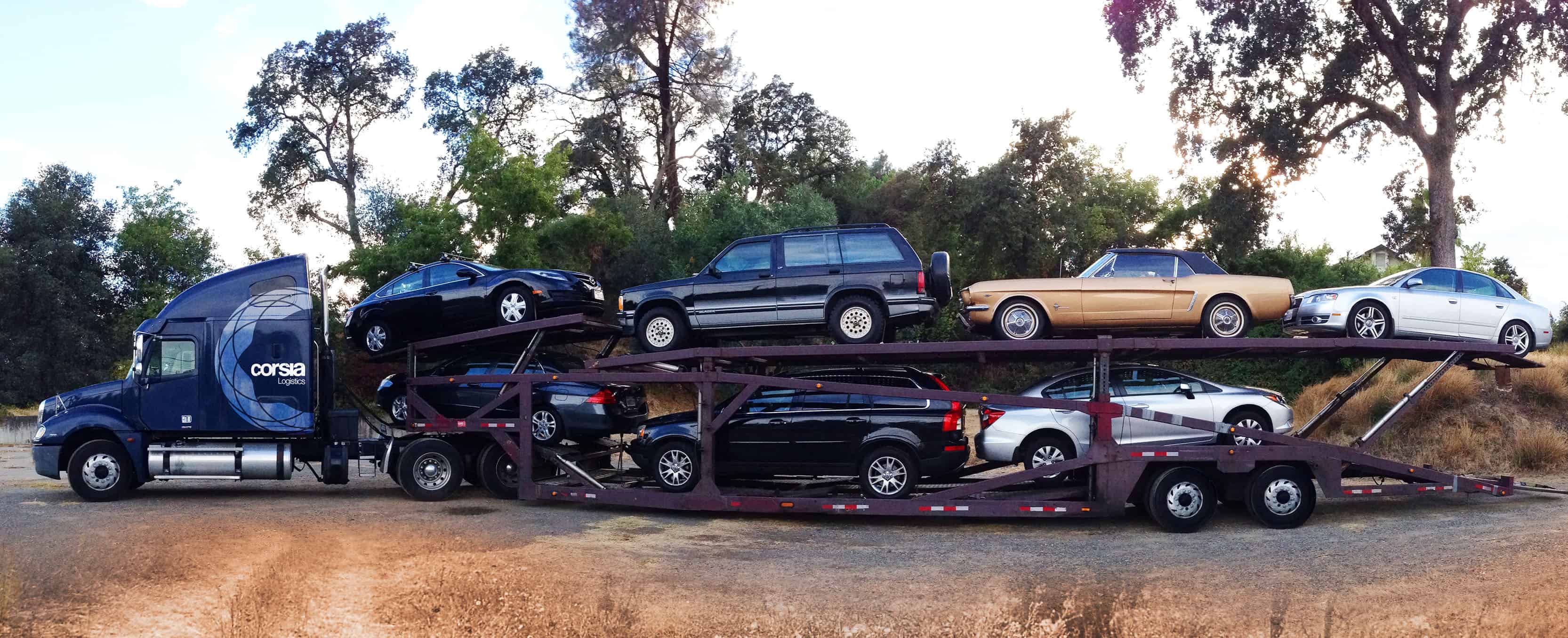
Sourced from www.corsia.us
© 2008-2018. All Rights Reserved by Cunningham Trucking, Inc. & Westernston, Inc.

